I wanted this collection to be a sort of 'pick 'n' mix' with something for everyone - even those who say poetry isn't really for them. Whilst I won't claim it'll convert the most hardened poetry-hater into a devotee, a couple of the pieces are so short as to be easily read in the 8.25 seconds it, apparently, now takes for our attention to automatically switch off if we're not instantly grabbed when starting to read anything at all.
Take, for example, this piece titled 'The Art of War'
Underline me in the little black book
of your mind’s eye,
tapping a pencil on your teeth
remembering,
the last time I saw your face
was the last time.
And there can be no desire
hotter, brighter, fitter
than obsession in miniature.
I reckon a brisk scan of that comes in at just under the 8.25 second mark.
I cite this piece to illustrate two things; firstly, that getting a quick fix of poetry is a great way to introduce a rapid hit of something else into your day-to-day routine - unlike having to devote an hour to digest a whole book chapter, or spend time contemplating any form of visual artwork (a mere glance never being sufficient enough to be able to draw forth any useful response) - reading a short poem, or even an excerpt from a longer poem, can get your mind ticking over and your imagination whirling.
Secondly, short poems often pack a direct, visceral punch. Think, for instance, of the popular funeral poem "Do not stand at my grave and weep". These twelve lines - ascribed to two different authors, Claire Harner and Mary Elizabeth Frye, with no authority yet able to settle the dispute - have been spoken countless times at final farewells and will undoubtedly have been instrumental in creating a myriad of emotions from sadness and despair to serenity and acceptance.
Eight of the thirty-four pieces in 'Once We Were Giants' come in at under twelve lines. One-a-day for a week, with two on Sunday. By my reckoning, just over a minute's worth of poetry to get your literary quick-fix. And, who knows, you might even like it.
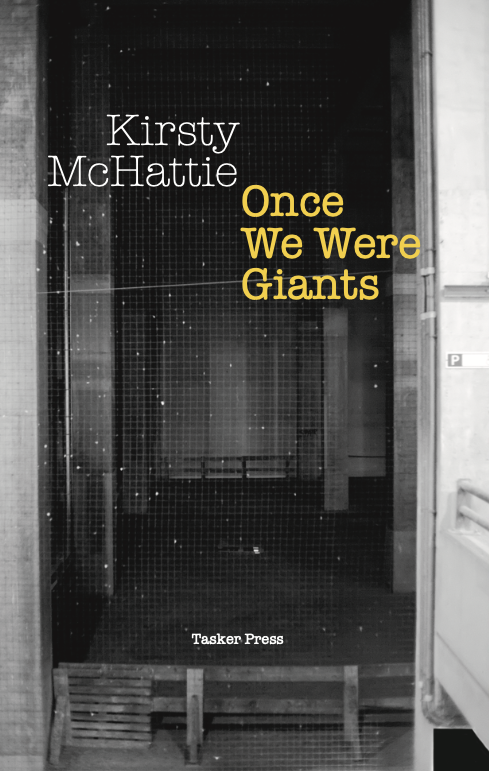
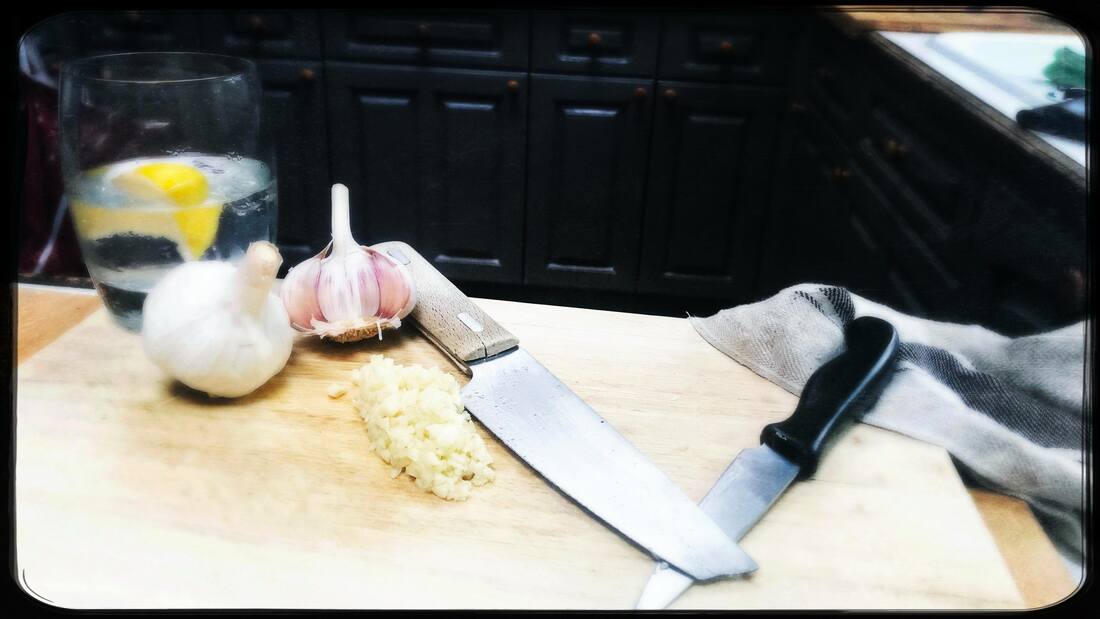
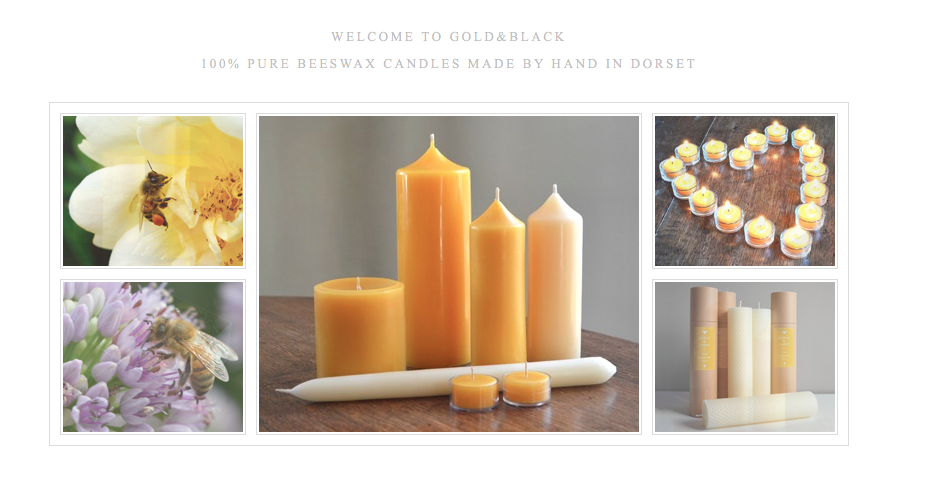
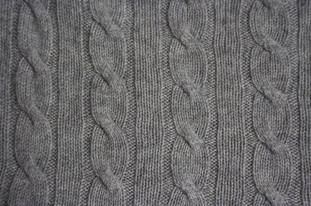

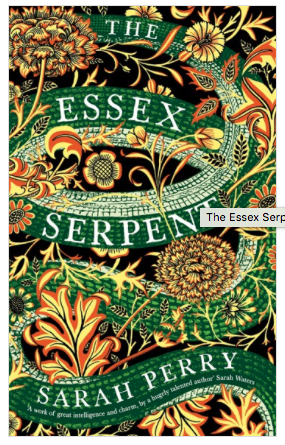


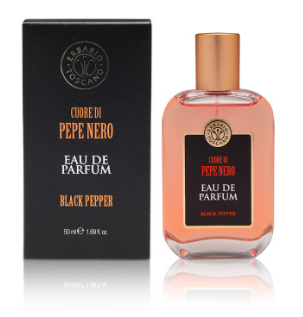


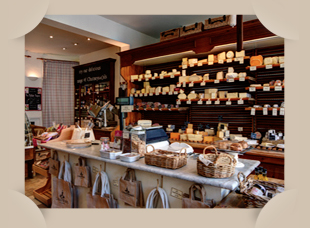



 RSS Feed
RSS Feed
